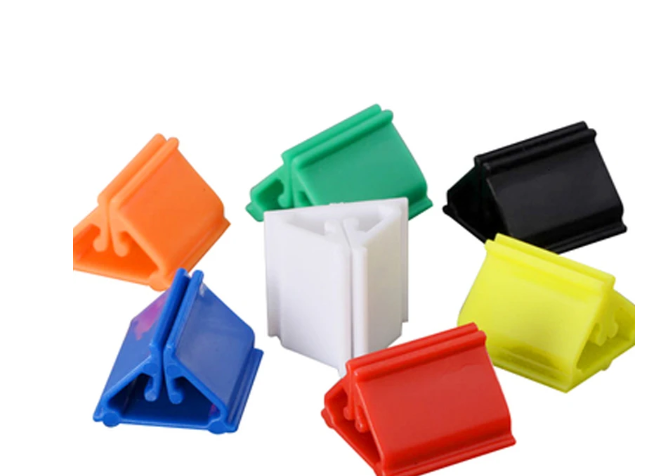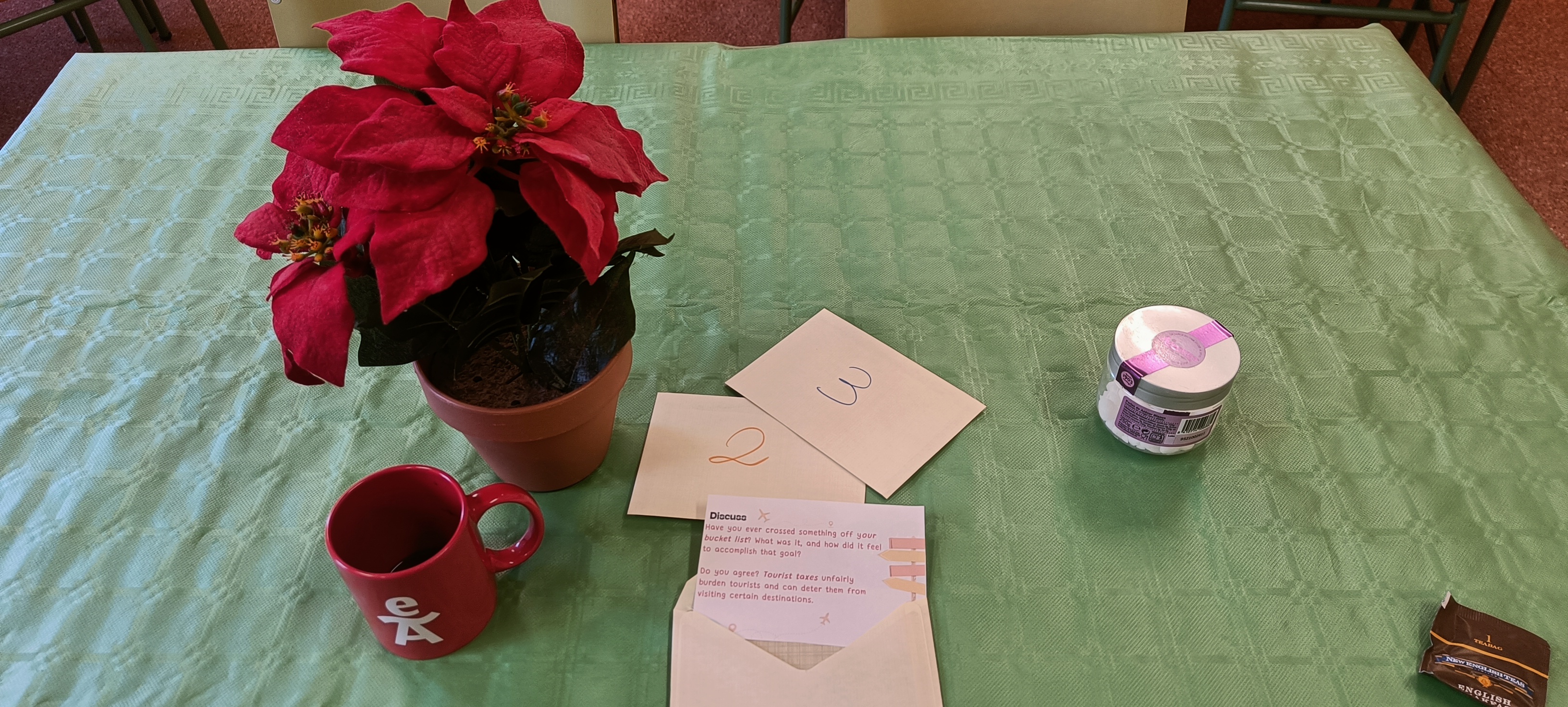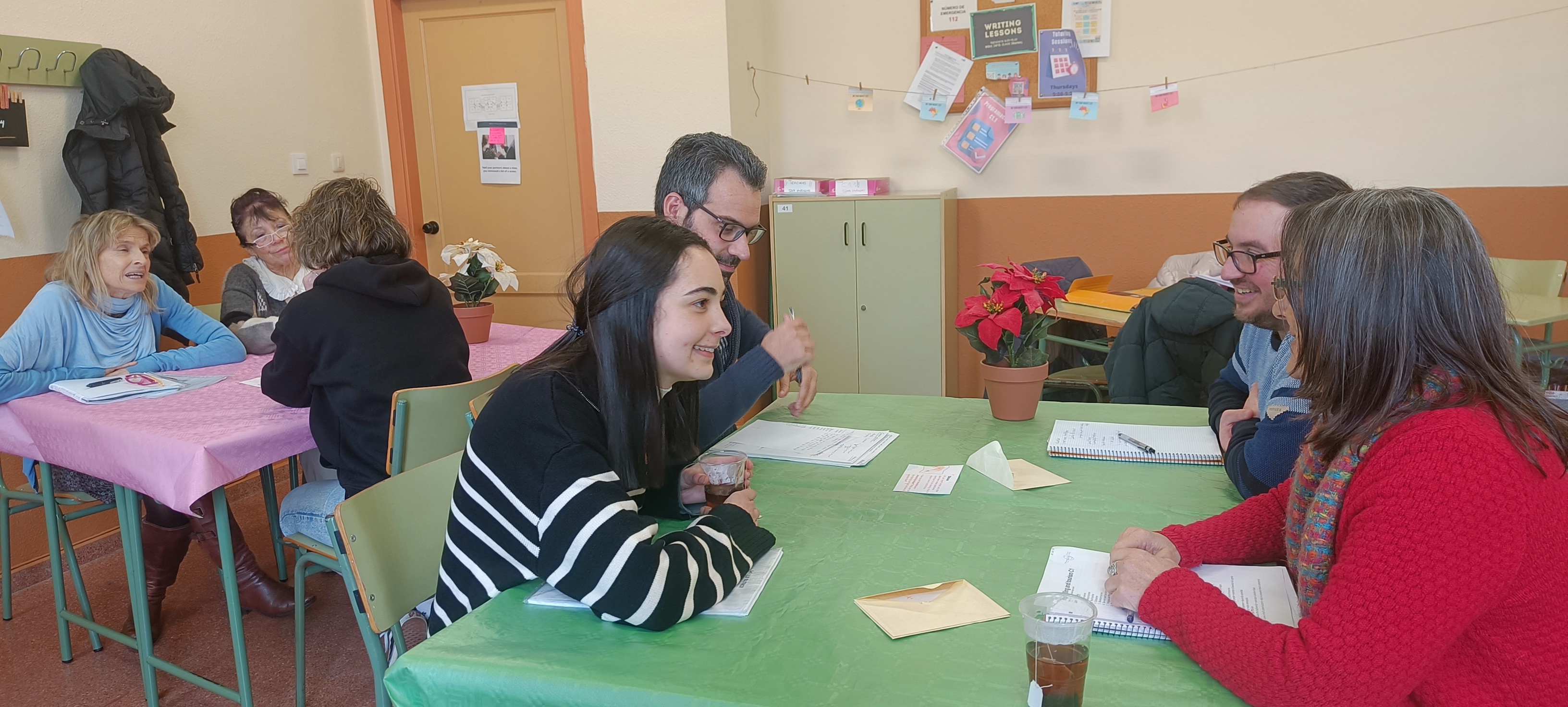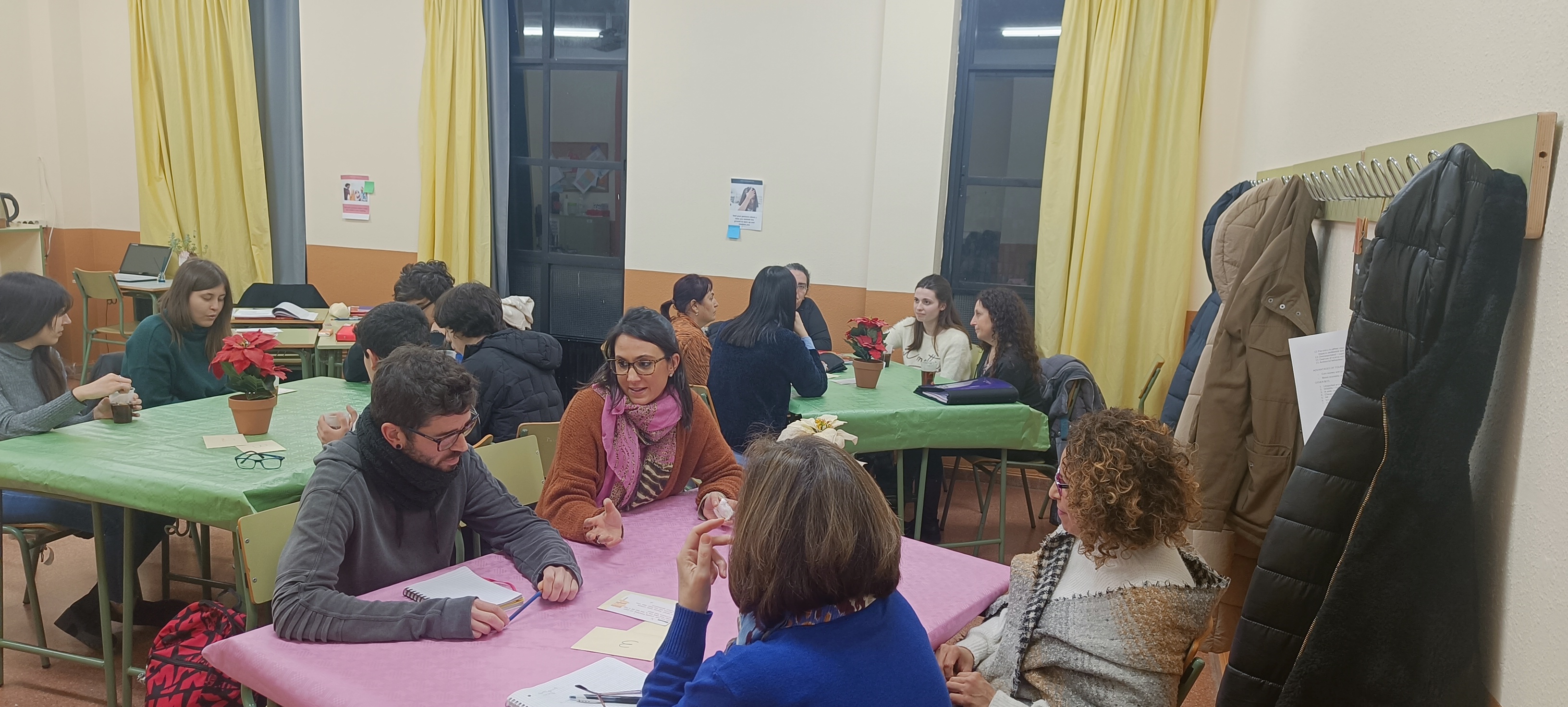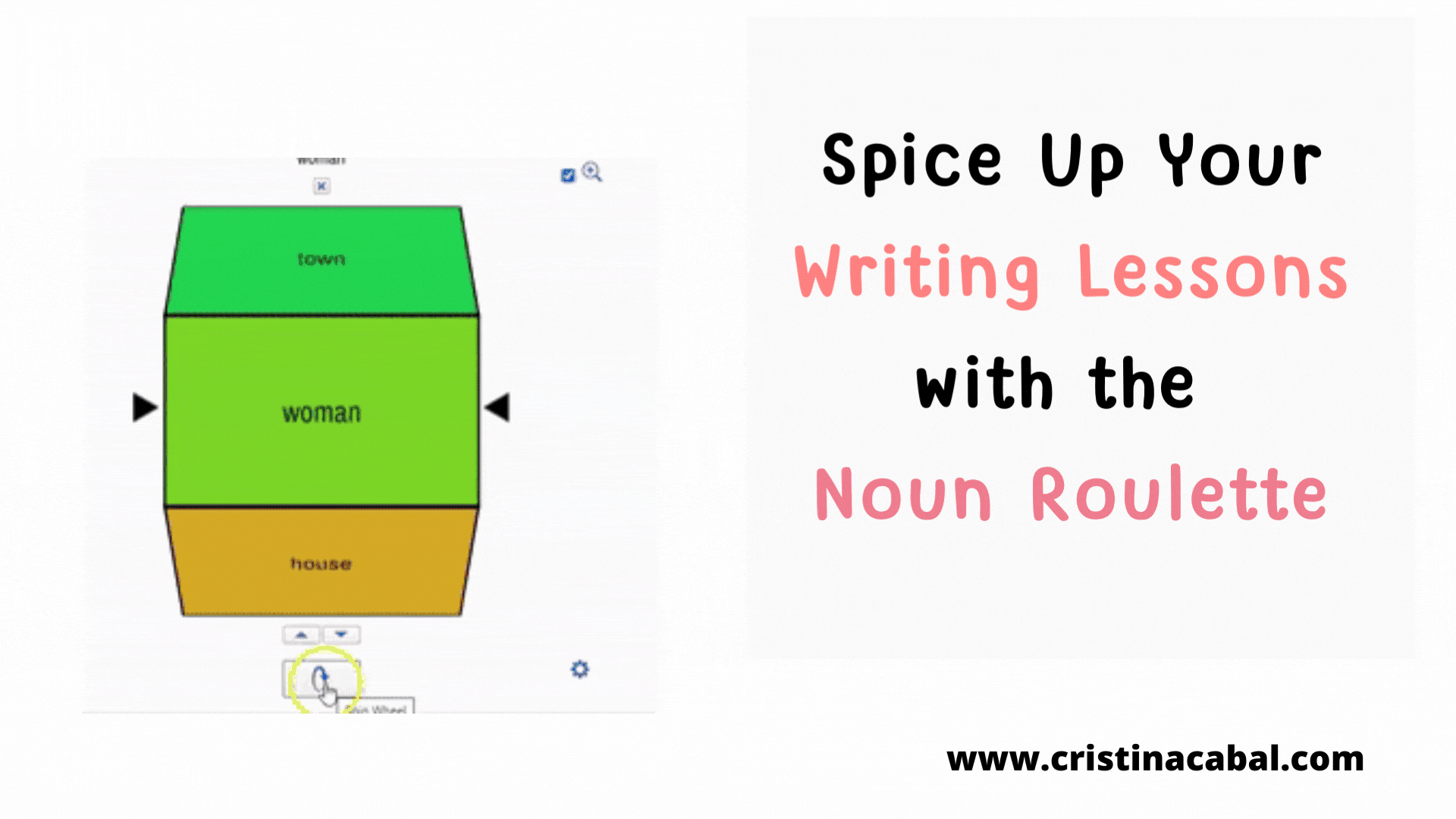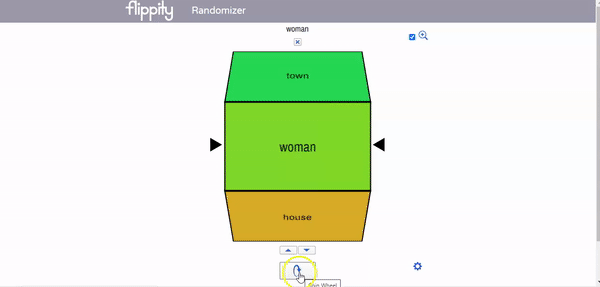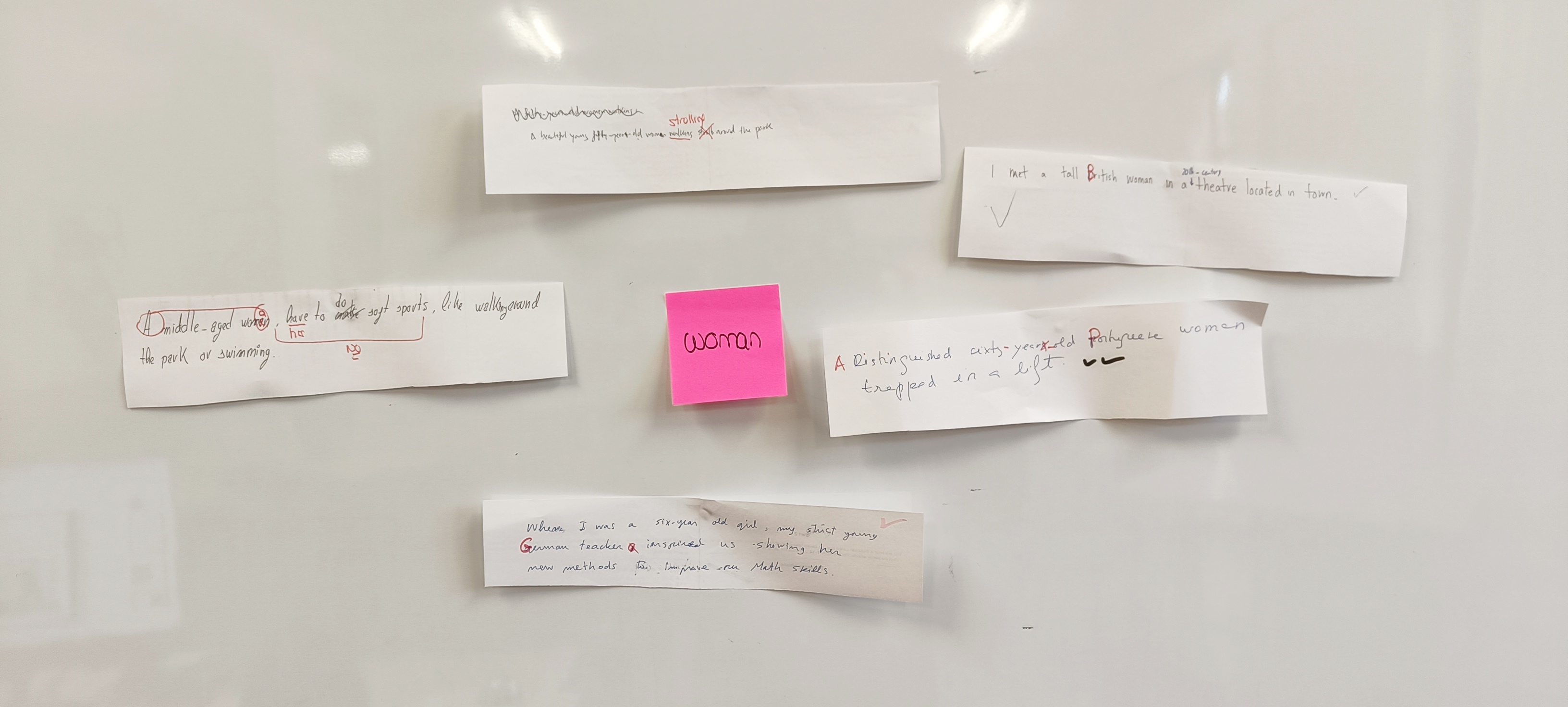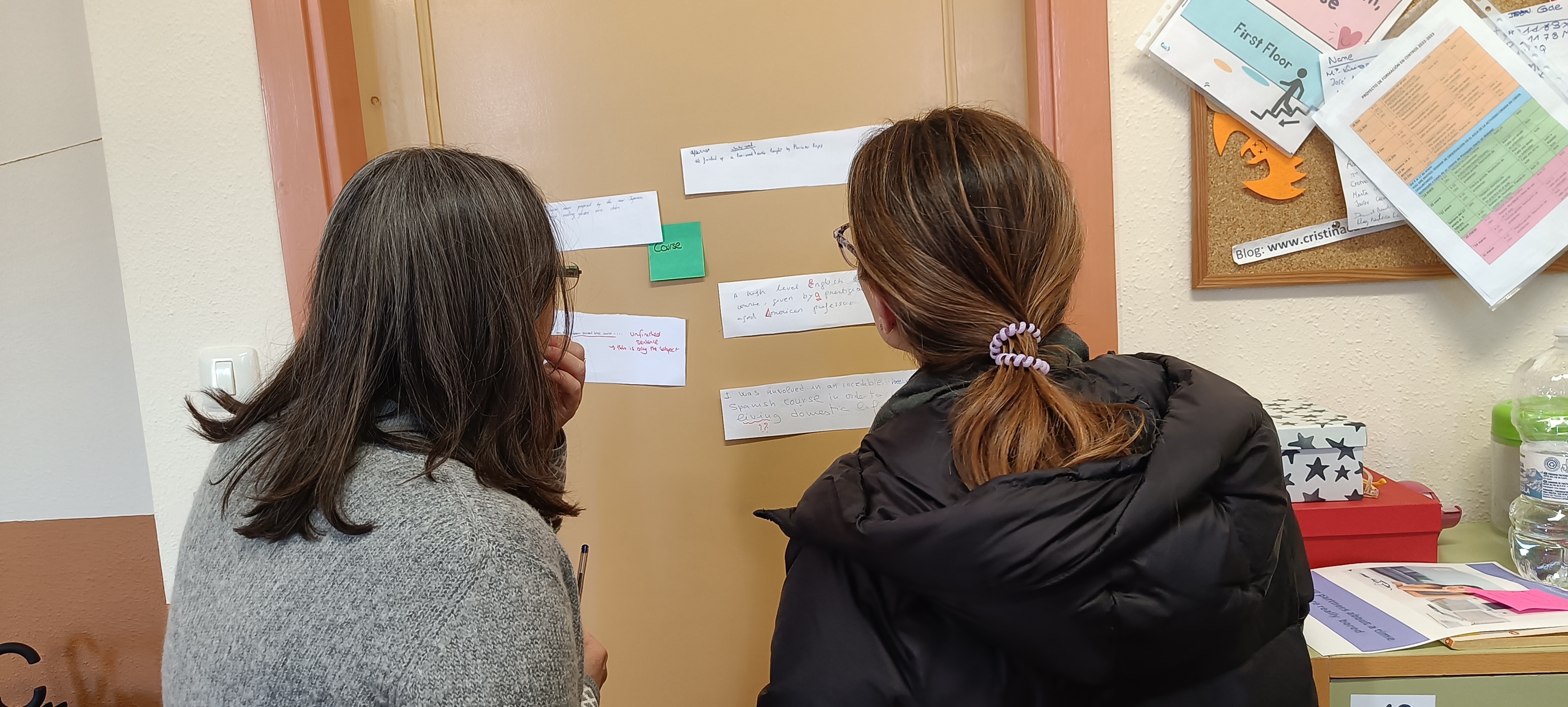It is not very often that I feel depleted of energy. I try to prepare my classes in such a way that they do not only engage students, but also me. I really need this spark in my lessons to keep me motivated. But some Mondays ago, I was just not feeling it and the way the lesson was laid out in the textbook was not helping either. It was mind-numbingly boring, and I was so tired that I could think of nothing to engage me or my students. But thankfully, my colleagues Paula and Alba were there to save the day, and they rushed to help with some ideas. Want to know what came out?

First Step. Always. Revision.
We were working with these useful phrases to use in arguments. So, first and foremost, revision. This is key.
These are some of the sentences we studied:
Using “point”
- What’s the point you are trying to make?
- That proves my point
- You are missing the point
- I take your point.
- Please, get to the point.
- There is no point crying over spilt milk
- You’ve made your point
Some other useful phrases:
- You are twisting my words
- That’s not what I meant at all
- We’ve got our wires crossed
- We should clear the air
- That came out all wrong
- We are going round in circles
- Can we just agree to disagree?
- There is no need to raise your voice
Second step:Paper
